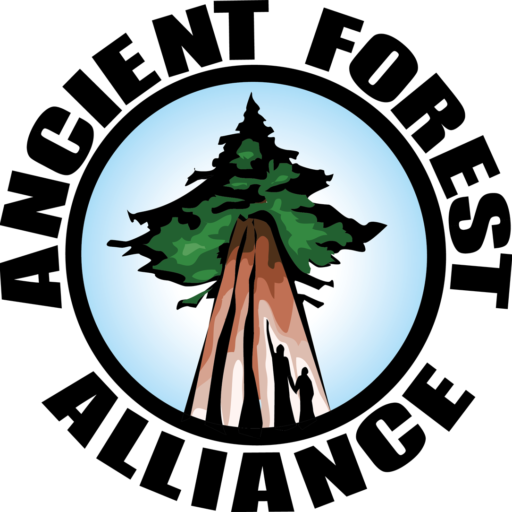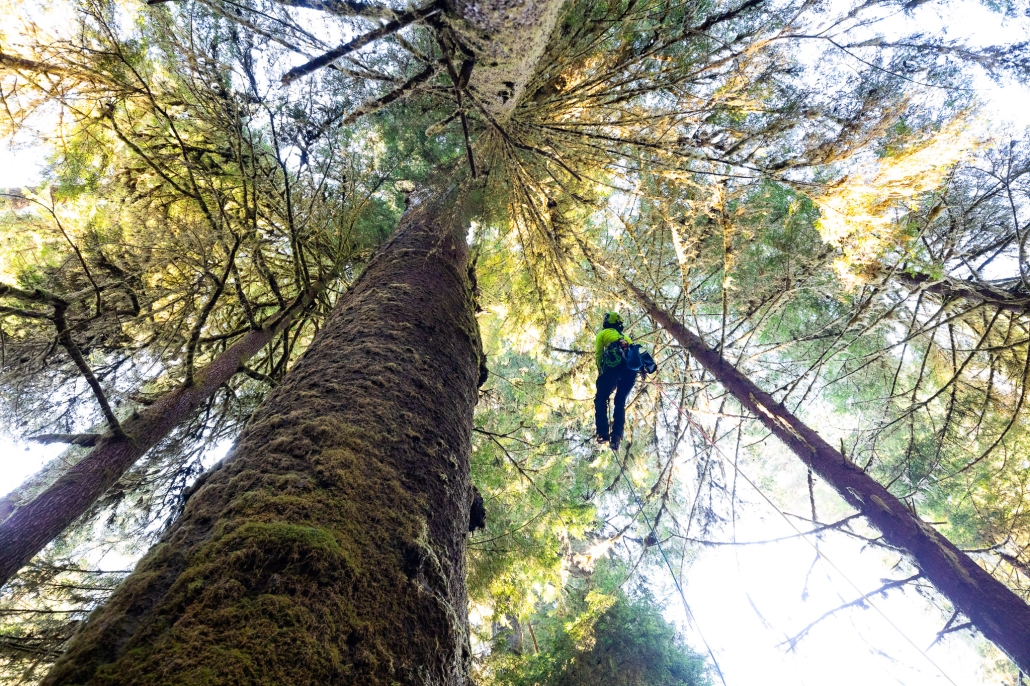
CTV News: Carmanah Valley Sitka Spruce Climb
See this CTV News video coverage of AFA staff and professional arborists at Bartlett Tree Experts who locate and climb the largest Sitka spruce tree in BC’s famed Carmanah Valley.
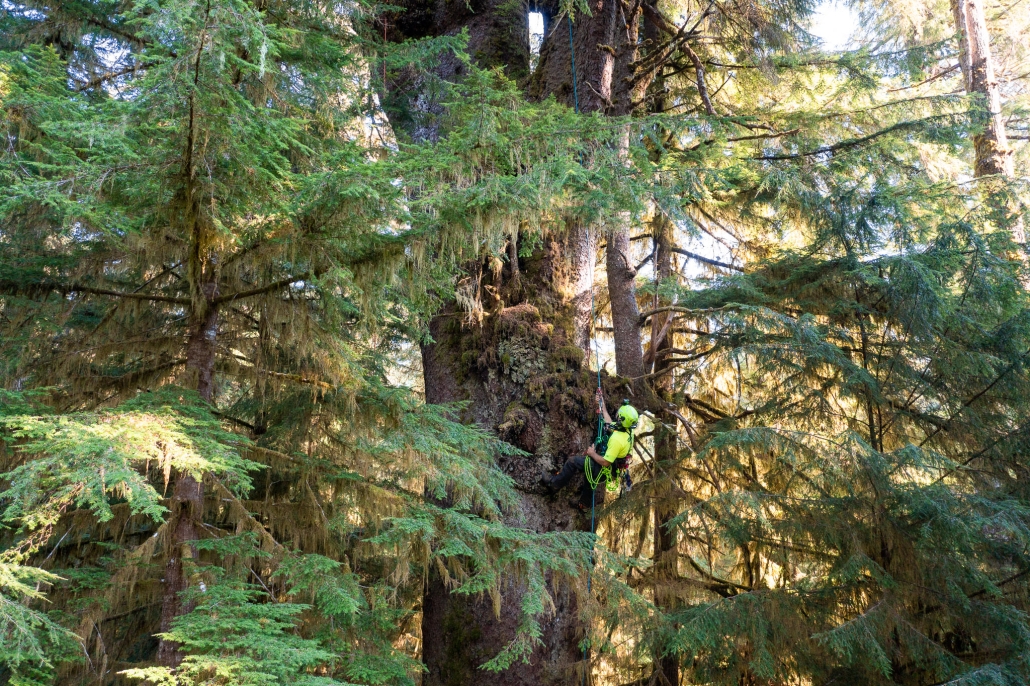
Victoria Buzz: BC environmentalists climb and measure Carmanah Valley’s largest Sitka spruce tree
In recognition of Earth Month, members of AFA decided they would showcase one of Vancouver Island’s largest old-growth giants by climbing and measuring it, and capturing drone footage of the process.
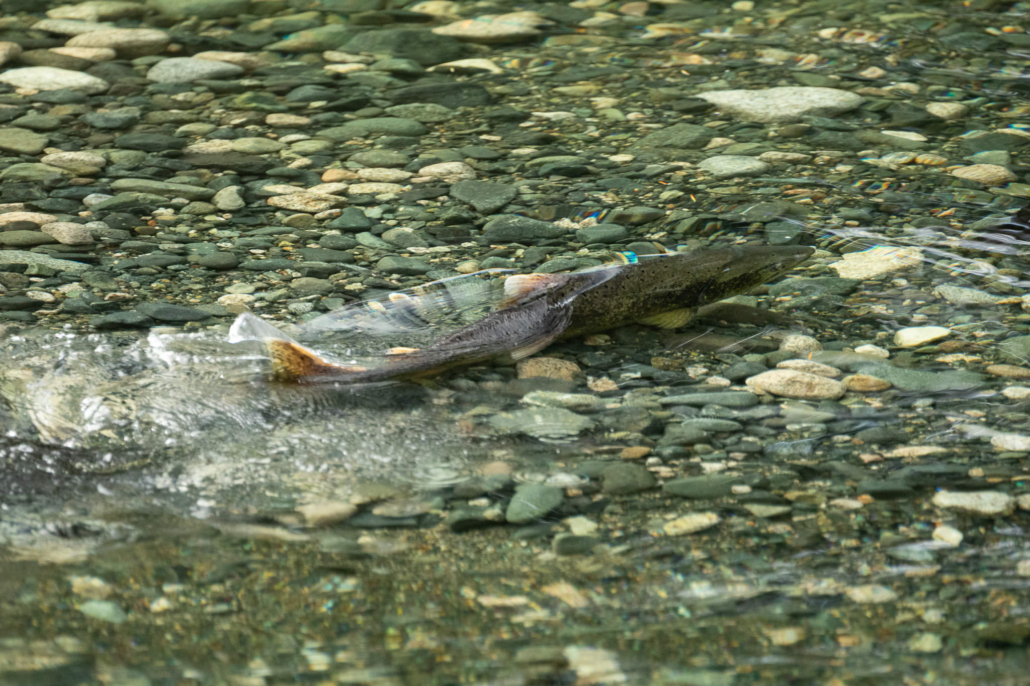
Mowachaht/Muchalaht awarded $15 million to protect old growth and salmon
A project to protect a significant portion of Mowachaht/Muchalaht territory has been pledged $15 million from the federal government, fueling an initiative to save old growth and salmon populations in Nootka Sound over the next generation.
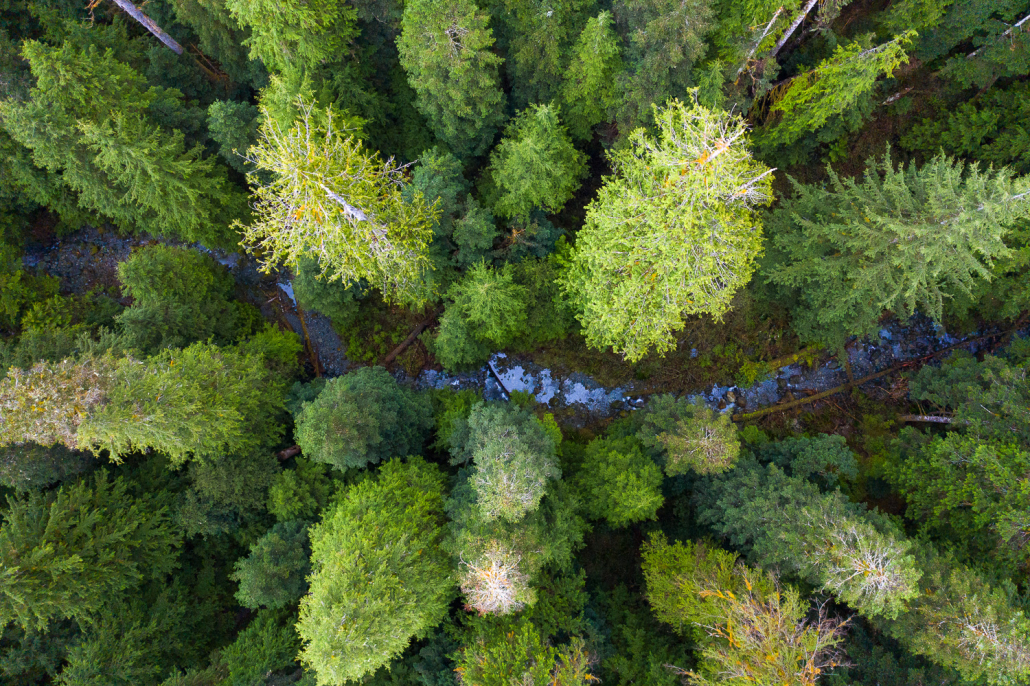
First Nation creating new Salmon Parks to protect fragile ecosystems
The Campbell River Mirror covers the 650² km of forest, rivers, old growth and shoreline that are to be protected by the Mowachaht/Muchalaht First Nation.
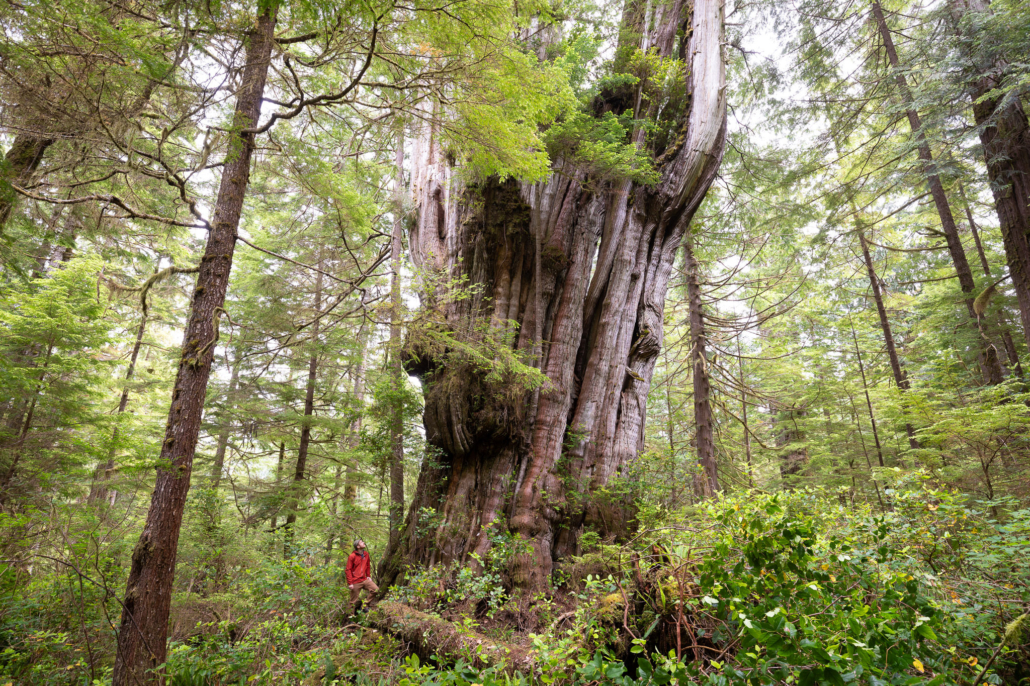
Nature photographer discovers ancient ‘freak-of-nature’ tree hiding in plain sight: ‘I’ve never seen a tree as impressive as this one’
AFA's TJ Watt photographed one of the largest old-growth cedars ever documented off the coast of Vancouver Island and dubbed it a 'freak of nature'.
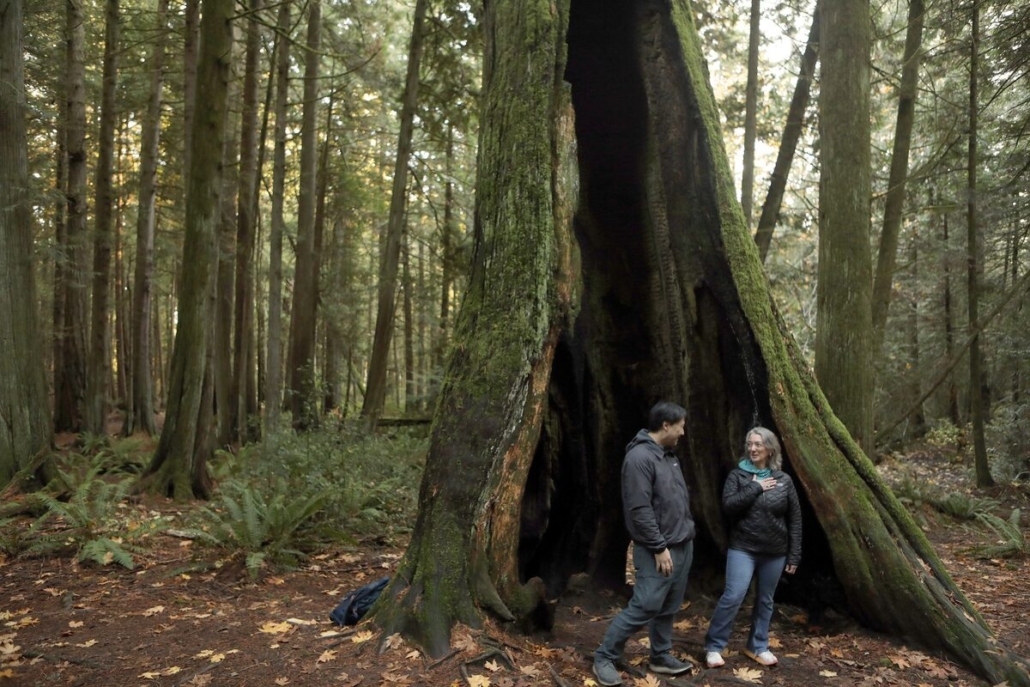
The Globe & Mail: ‘Salmon parks’ in traditional First Nations territory aim to save habitats by stopping old-growth logging
New plan from the Mowachaht/Muchalaht First Nation, aided by the BC and federal governments, signals a shift in Indigenous-led conservation across the province
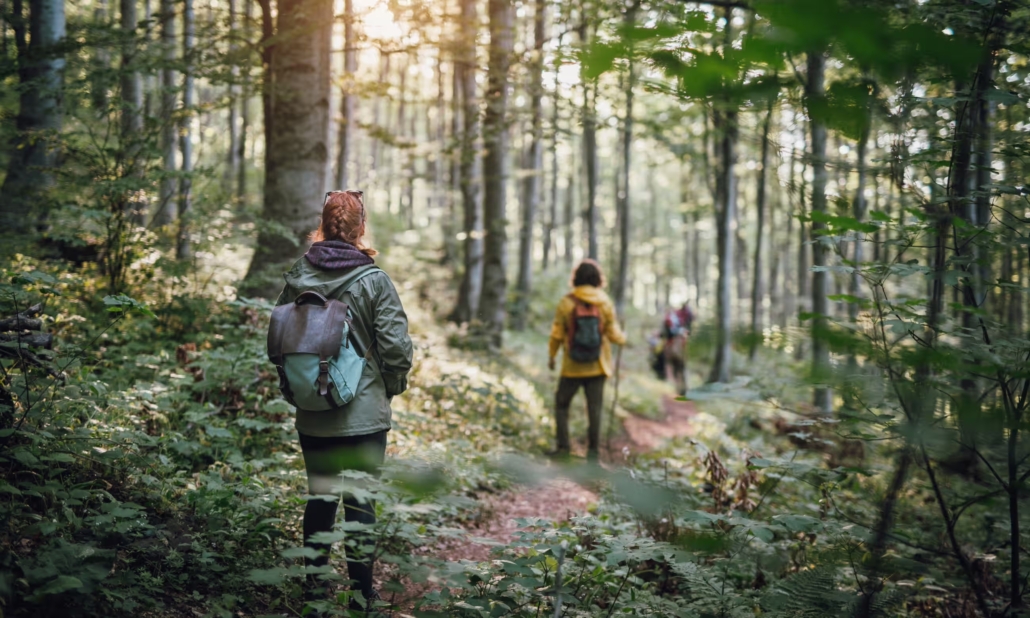
The Guardian: “The nature cure: how time outdoors transforms our memory, imagination and logic”
Without engaging with natural environments, our brains cease to work well. As the new field of environmental neuroscience proves, exposure to nature isn’t a luxury – it’s a necessity
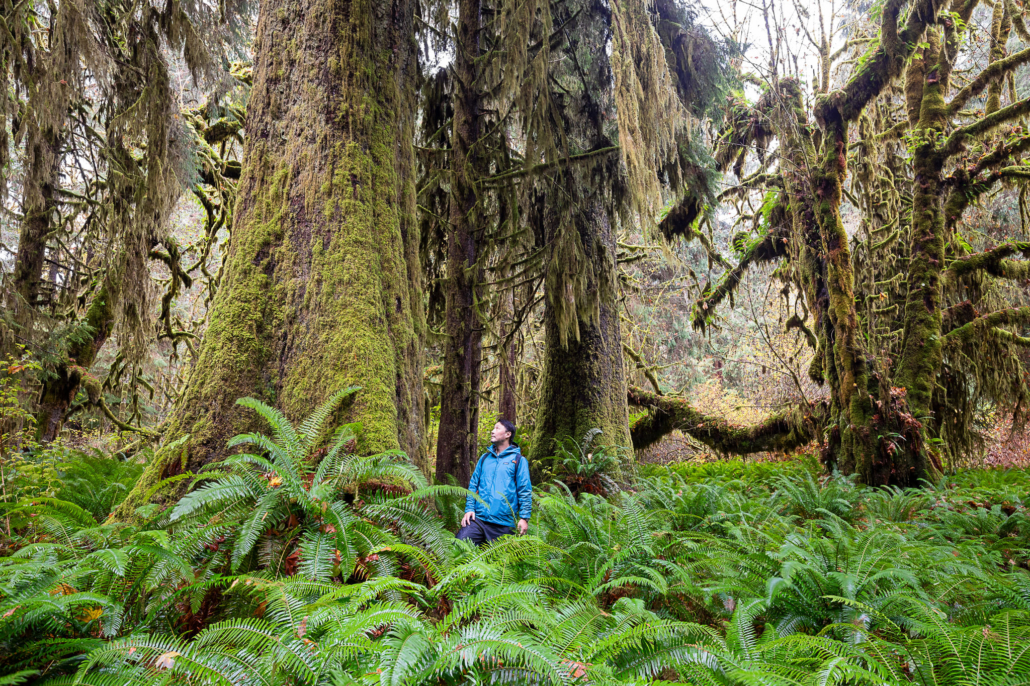
WATCH: BC forest plan draft hailed by conservationists
See this video interview with EEA's Ken Wu, discussing the BC government's recent "unprecedented leaps forward" when it comes to old-growth forest protection.
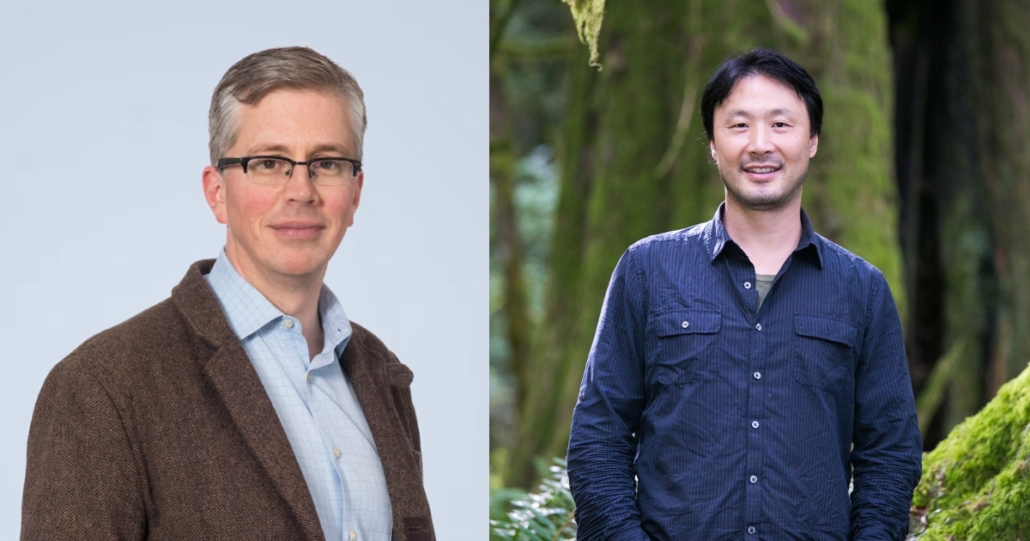
CBC Radio — “On The Island with Gregor Craigie”: Interview with Ken Wu
Listen to this interview with Endangered Ecosystems Alliance's Ken Wu, speaking about the significance of the draft Biodiversity and Ecosystem Health Framework.

‘Potential paradigm shift’: Activists are hopeful for BC’s new environmental protections
BC’s government is implementing further steps to protect the province’s at-risk environment through a new biodiversity and ecosystem health framework.
